Address
304 North Cardinal
St. Dorchester Center, MA 02124
Work Hours
Monday to Friday: 7AM - 7PM
Weekend: 10AM - 5PM
Address
304 North Cardinal
St. Dorchester Center, MA 02124
Work Hours
Monday to Friday: 7AM - 7PM
Weekend: 10AM - 5PM
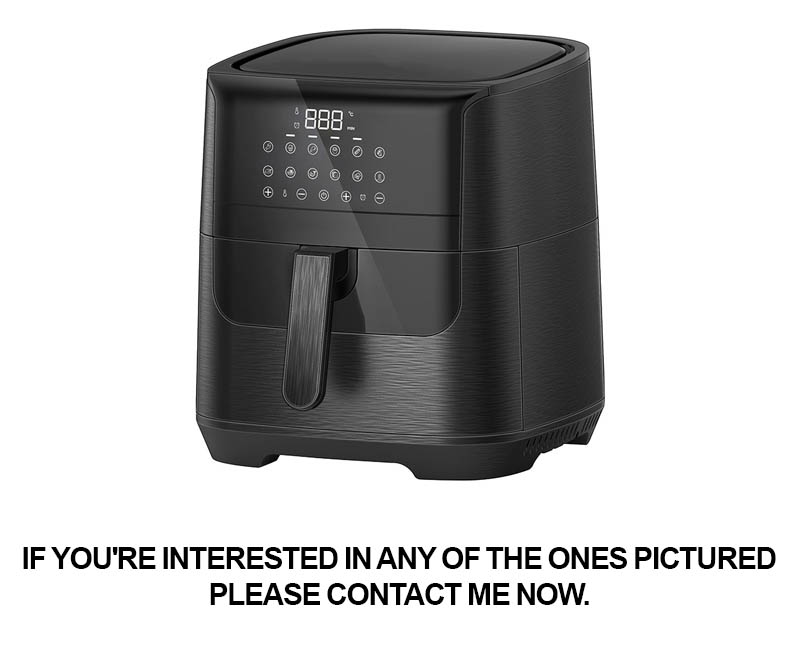
In the world of kitchen appliances, the air fryer has become a staple for those seeking healthier cooking options without sacrificing taste. But with the rise of the air fryer oven, a new debate has sparked: which is the better choice for your kitchen? This article delves into the specifics, comparing the classic air fryer with its oven counterpart to help you make an informed decision. From features and benefits to real user experiences, we’ll weigh the pros and cons to guide you toward the perfect addition to your culinary arsenal.
The Air Fryer Oven: A Game-Changer or Just Another Appliance?
In the ever-evolving world of kitchen gadgets, the air fryer oven has emerged as a new contender in the fight for countertop space. But how does it stack up against the trusty traditional air fryer? Let’s dive into the details and see which one reigns supreme in the great debate.
Efficiency and Speed: The Battle for Time
The first thing that catches the eye is the speed and efficiency of each appliance. The air fryer oven boasts a combination of convection and air frying technology, promising a faster cooking time. With its ability to circulate hot air around the food, it can often cook meals quicker than a traditional air fryer. However, traditional air fryers, while slower, are still notably fast compared to traditional ovens.
Cooking Versatility: Versatile or Specific?
When it comes to versatility, the air fryer oven has a leg up. It can not only air fry but also bake, roast, broil, and even dehydrate. This means you can use it for a wide range of recipes, from crispy French fries to perfectly roasted chicken. On the other hand, a traditional air fryer is primarily designed for frying, with some models offering additional features like baking or grilling. But if you’re looking for a one-stop kitchen tool, the oven might be the way to go.
Ease of Use: User-Friendly or Complicated?
Ease of use is a critical factor for many home cooks. The air fryer oven usually comes with a digital control panel, making it simple to select the desired cooking mode and temperature. Its intuitive interface is user-friendly for those who might be intimidated by complex settings. Traditional air fryers, while also user-friendly, often rely on physical dials and buttons, which some might find less modern or precise.
Size and Capacity: Big on Space or Compact?
Size and capacity are important considerations, especially for those with limited kitchen space. The air fryer oven is typically larger, which can be both a pro and a con. It offers a bigger cooking surface and can accommodate larger batches of food. However, it takes up more counter space. Traditional air fryers, on the other hand, are compact and portable, making them ideal for small kitchens or those who prefer a device that can be stored away easily.
Health Benefits: Healthier Cooking or Just Hype?
One of the main reasons for the popularity of air fryers is their health benefits. Both the air fryer oven and the traditional air fryer reduce the amount of oil needed for cooking, which can lead to lower calorie counts and healthier meals. The air fryer oven’s convection feature might even enhance these benefits by ensuring even cooking and reducing the risk of burning. While both are healthier than deep-frying, the oven’s ability to bake and roast might offer a wider range of healthier options.
Cleaning and Maintenance: Effortless or a Chore?
Cleaning and maintenance are often overlooked but are crucial factors in appliance ownership. The air fryer oven generally requires more cleaning due to its larger surface area and multiple cooking modes. However, its non-stick surfaces and removable parts can make the process quicker. Traditional air fryers, with their simpler design, are typically easier to clean, but their smaller capacity might mean more frequent cleaning sessions.
Cost: Pricey Investment or Smart Purchase?
Cost is always a factor when considering new kitchen appliances. The air fryer oven is often more expensive than a traditional air fryer, with prices ranging from moderate to premium. While the initial investment is higher, the versatility of the oven might justify the cost for those who want to replace multiple appliances. Traditional air fryers are more budget-friendly and might be a better choice for those who need a dedicated air frying solution without the additional features.
Final Thoughts: The Ultimate Winner?
So, which one is the ultimate winner in the air fryer oven vs. traditional air fryer debate? It really depends on your needs and preferences. If you’re looking for a versatile, multi-functional kitchen tool that can save you space and time, the air fryer oven might be the way to go. But if you want a dedicated air frying appliance that’s easier on the wallet and simpler to use, the traditional air fryer could be your best bet. In the end, both appliances offer a healthier alternative to traditional frying and can help you enjoy delicious, crispy foods with less guilt.

The Air Fryer Oven: A Deep Dive into Its Features and Functionality
The sleek design of the air fryer oven is a testament to modern kitchen aesthetics, blending the best of traditional ovens with the convenience of an air fryer. Its compact size makes it a perfect addition to any kitchen, whether you’re a seasoned chef or a culinary novice.
One of the standout features of the air fryer oven is its ability to cook a variety of dishes with minimal oil. This is achieved through the use of a fan that circulates hot air around the food, ensuring that it’s crispy on the outside while maintaining a tender interior. The result is a healthier alternative to deep-frying, without sacrificing flavor.
The oven’s temperature control is precise, allowing for a wide range of cooking methods beyond just air frying. You can bake, roast, reheat, and even dehydrate with this versatile appliance. The digital display and programmable settings make it easy to set the desired temperature and cooking time, ensuring consistent results every time.
The interior of the air fryer oven is often coated with a non-stick surface, making it easy to clean and maintain. This is a significant advantage over traditional ovens, which can be a nightmare to clean after a heavy cooking session. The removable trays and baskets also contribute to a hassle-free cleaning experience.
The capacity of the air fryer oven varies, but most models offer enough space to cook a family-sized meal. This means you can prepare everything from chicken and vegetables to baked goods all in one go. The adjustable racks allow for different cooking levels, ensuring that each item receives the right amount of heat.
Safety features are a priority in the design of the air fryer oven. Many models come with an automatic shut-off function, which turns off the appliance if it’s left unattended or if the temperature exceeds a safe limit. This adds an extra layer of protection, especially if you have children or pets in the home.
The air fryer oven is also energy-efficient, using less electricity than a traditional oven. This not only saves you money on your energy bills but also reduces your carbon footprint. The quick cooking times mean you spend less time waiting for your food to be ready, making it a great choice for busy lifestyles.
In terms of convenience, the air fryer oven often comes with a variety of accessories. These might include baking pans, broiler grids, and even a rotisserie attachment for those who enjoy cooking whole birds. The accessories are typically dishwasher-safe, making cleanup even easier.
The air fryer oven is also compatible with a range of recipes, from classic oven dishes to healthier versions of fried foods. The ability to cook a variety of foods in one appliance means you can experiment with different cooking techniques without having to invest in multiple kitchen gadgets.
When it comes to maintenance, the air fryer oven is relatively low-maintenance. The exterior can be wiped down with a damp cloth, and the interior can be cleaned with warm, soapy water. The lack of a fan or heating element in the interior makes it less prone to buildup and easier to keep clean.
Lastly, the air fryer oven is a great investment for those looking to eat healthier. By reducing the amount of oil needed for cooking, it encourages healthier eating habits without compromising on taste. The variety of cooking options means you can enjoy a wide range of dishes, from crispy roasted vegetables to perfectly baked pastries.
In summary, the air fryer oven is a versatile, energy-efficient, and easy-to-use kitchen appliance that offers a healthier alternative to traditional cooking methods. Its ability to cook a variety of dishes with minimal oil, combined with its user-friendly features, makes it a must-have for any kitchen.

In the ever-evolving world of kitchen appliances, the traditional air fryer remains a staple in many households. Let’s dive into the classic approach of air frying, exploring its unique charm and practicality.
The Basics of Air FryingAir fryers have become synonymous with healthy cooking, offering a healthier alternative to deep frying. At their core, traditional air fryers use hot air to circulate around food, creating a crispy outer layer without the need for excessive oil. This process not only reduces the calorie count but also minimizes the risk of heart disease.
Versatility in the KitchenOne of the standout features of a traditional air fryer is its versatility. Whether you’re craving golden fries, tender chicken, or even a batch of homemade popcorn, this appliance can handle it all. It’s not just about fries; users can enjoy a wide range of recipes from crispy vegetables to gourmet desserts, all thanks to the air frying method.
Ease of UseThe classic air fryer is designed with ease in mind. With simple buttons and a straightforward cooking process, even the most inexperienced cook can achieve restaurant-quality results at home. The intuitive controls, often including pre-programmed settings for various foods, make it a breeze to use, whether you’re a seasoned chef or a culinary novice.
Consistent CookingOne of the joys of air frying is the consistent cooking experience it provides. Unlike ovens or stovetops, which can sometimes have hotspots, air fryers ensure that your food cooks evenly, every time. This means that your crispy chicken wings will have that perfect golden hue and tender interior, without any dry spots.
Maintenance and CleaningMaintaining a traditional air fryer is a straightforward task. Its non-stick cooking basket and easy-to-remove parts make cleaning a breeze. With just a quick rinse and a wipe-down, your air fryer is ready for its next culinary adventure. This ease of maintenance is a major plus for busy individuals or those who prefer to spend less time cleaning and more time enjoying their meals.
Energy EfficiencyEnergy efficiency is a crucial factor for many consumers, and traditional air fryers excel in this department. Using significantly less energy than conventional ovens and deep fryers, these appliances can save you money on your utility bills. Plus, they heat up quickly, reducing the amount of time you need to wait for a meal.
Healthy FryingWhile “air frying” suggests a healthier method of frying, it’s important to note that the health benefits depend on how you use the appliance. Opt for recipes that require minimal oil, and you’ll be enjoying the benefits of air-fried foods with fewer calories and less saturated fat. This healthy frying approach makes air fryers a favorite among health-conscious cooks.
Cooking CapacityA traditional air fryer typically offers a decent cooking capacity, making it suitable for family meals or entertaining. While it may not match the size of a full-size oven, it’s more than enough for a variety of dishes. The compact design also means you can easily store your air fryer when not in use, saving valuable counter space.
Variety of AccessoriesMany traditional air fryers come with accessories that enhance the cooking experience. From rotisserie forks for cooking whole birds to oven-safe baskets for roasting, these accessories can expand your culinary possibilities. With a little creativity, you can use your air fryer to recreate a wide range of recipes that might otherwise require a full-sized oven.
PortabilityOne of the advantages of a traditional air fryer is its portability. If you’re planning a picnic or a camping trip, you can easily toss your air fryer into the trunk of your car. Its size and lightweight construction make it a convenient companion for those who like to cook on the go.
ConclusionThe traditional air fryer stands as a testament to the innovation that has brought healthier, more convenient cooking options to our homes. With its ease of use, versatility, and health benefits, it’s no wonder that this classic approach to air frying has become a staple in many kitchens around the world. Whether you’re looking to indulge in crispy treats or cook up a healthy meal, the traditional air fryer is a reliable and delightful choice.
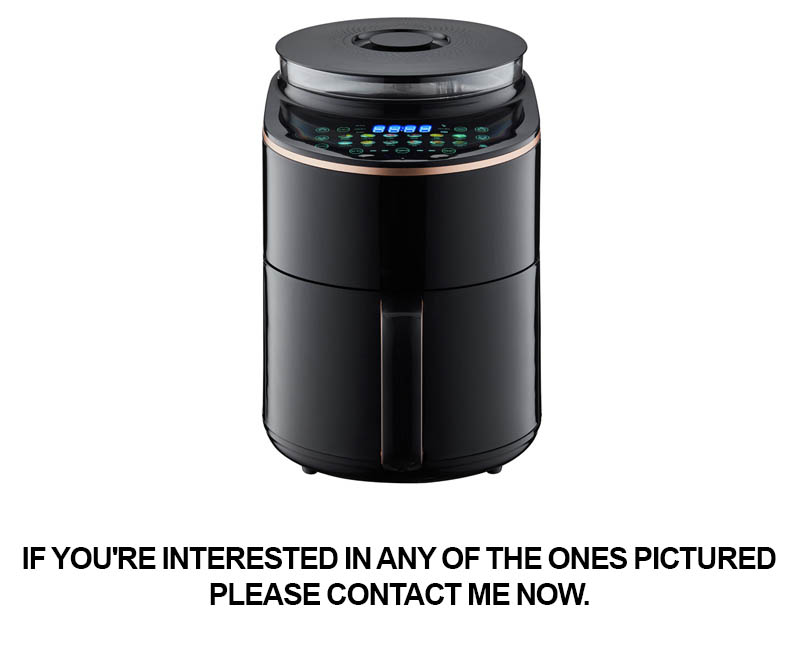
In this showdown, we dive into the nitty-gritty of air fryer oven versus traditional air fryer performance, exploring their capabilities and how they measure up in key areas.
Cooking Time and EfficiencyAir fryer ovens often tout their ability to cook food faster than their traditional counterparts. However, the actual cooking time can vary depending on the recipe and the specific model. Traditional air fryers, while slower, can sometimes maintain a consistent temperature, leading to more even cooking throughout the dish. It’s a balancing act between speed and evenness that buyers should consider.
Heat Distribution and ConsistencyOne of the standout features of air fryer ovens is their even heat distribution. With multiple heating elements, these appliances ensure that food is cooked uniformly without hotspots. Traditional air fryers, on the other hand, rely on a single heating element, which can sometimes result in uneven cooking. This is a crucial factor when it comes to achieving that perfect golden crispness on the outside and a tender interior.
Capacity and VersatilityWhen it comes to capacity, traditional air fryers typically offer a larger cooking space, making them ideal for larger families or those hosting. Air fryer ovens, while more compact, often come with adjustable racks, allowing for multi-level cooking. This versatility can be a game-changer for those who like to cook a variety of dishes at once or need to prepare multiple servings.
Energy ConsumptionEnergy efficiency is a key concern for many consumers. Air fryer ovens are generally more energy-intensive due to their larger size and multiple heating elements. Traditional air fryers, while smaller and simpler, can be more energy-efficient. However, the difference in energy consumption may not be significant enough to sway the decision for most users.
Ease of Use and CleaningThe user experience is a critical factor in any kitchen appliance. Air fryer ovens often come with digital controls and pre-programmed settings, making them user-friendly and convenient. Traditional air fryers, while simpler, might require more manual adjustments and can be less intuitive for those not familiar with the technology. When it comes to cleaning, both types have their challenges, but air fryer ovens often have non-stick interiors and removable parts for easier cleaning.
Health BenefitsOne of the primary reasons for choosing an air fryer is the health benefits it offers. Both air fryer ovens and traditional air fryers use little to no oil, which can significantly reduce the calorie count of your favorite fried foods. However, air fryer ovens might provide a more consistent and controlled cooking environment, potentially leading to even healthier outcomes.
Durability and LongevityThe longevity of an appliance is a concern for many. Air fryer ovens, with their complex heating systems and multiple parts, may require more maintenance and could potentially have a shorter lifespan. Traditional air fryers, being simpler in design, might be more durable in the long run, especially if they are well-maintained.
Price PointFinally, the price is a significant factor in the decision-making process. Air fryer ovens tend to be more expensive due to their advanced technology and features. Traditional air fryers, while more affordable, might lack some of the bells and whistles but can still deliver excellent performance.
In conclusion, the performance showdown between air fryer ovens and traditional air fryers is a nuanced one. Each has its strengths and weaknesses, and the best choice ultimately depends on individual needs, preferences, and priorities. Whether you value speed, capacity, or the simplicity of a classic design, understanding how these appliances stack up in key performance areas can help you make an informed decision.
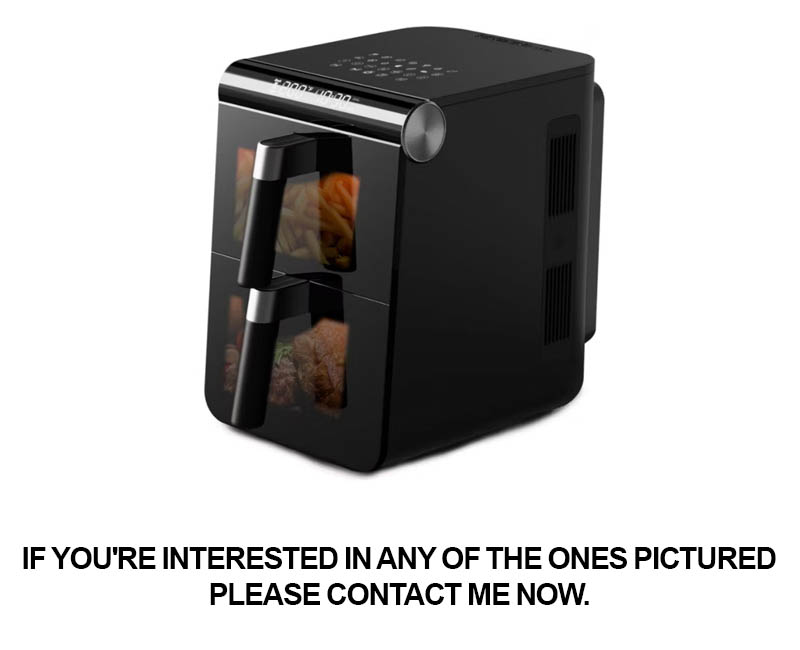
In this section, we delve into the unique features and benefits that differentiate air fryer ovens from traditional air fryers, highlighting what makes each appliance stand out in the kitchen.
Versatility Meets Simplicity: Air Fryer Ovens offer a broader range of cooking capabilities, often including baking, roasting, and dehydrating, while traditional air fryers are primarily designed for frying with minimal additional functions.
Larger Capacity: One of the standout features of an air fryer oven is its spacious interior, which allows for cooking larger quantities of food at once. This is particularly beneficial for families or those hosting gatherings.
Even Cooking: With their advanced technology, air fryer ovens ensure that food cooks evenly, eliminating the need for constant flipping or stirring. Traditional air fryers, while efficient, may not always achieve the same level of uniformity.
Precise Temperature Control: Air fryer ovens typically come with a digital temperature control panel, allowing users to set the exact temperature for optimal cooking results. This level of precision is often lacking in traditional air fryers.
Energy Efficiency: Despite their additional features, air fryer ovens are designed to be energy-efficient, using hot air circulation to cook food, which can reduce energy consumption compared to traditional ovens that heat up a larger cavity.
Rapid Cooking: Both air fryer ovens and traditional air fryers are known for their quick cooking times, but air fryer ovens can often outperform their counterparts by cooking larger batches of food in less time.
Multi-Functionality: Air fryer ovens often come with a variety of cooking modes, such as pizza, roast, bake, and reheat, offering a one-stop solution for a range of recipes. Traditional air fryers might have fewer modes, focusing mainly on frying.
Easy Cleanup: Both types of appliances are generally easy to clean, but air fryer ovens often have non-stick interiors and removable trays, making them even more convenient for quick and hassle-free cleaning.
Healthier Cooking: While both appliances can help reduce the amount of oil used in cooking, air fryer ovens are often praised for their ability to cook food with less oil, making them a healthier option for those looking to minimize fat intake.
Design and Aesthetics: Air fryer ovens tend to have a sleeker, more modern design, which can complement contemporary kitchen aesthetics. Traditional air fryers may be more compact and have a more classic look.
Portability: Traditional air fryers are often more portable due to their size and weight, making them a great choice for those who need a kitchen appliance that can be easily moved around or stored.
Price Point: Air fryer ovens can be more expensive than traditional air fryers due to their additional features and larger size. However, for those who value versatility and convenience, the extra cost may be justified.
User-Friendly Interface: Air fryer ovens usually feature a user-friendly interface with digital displays and programmable settings, making them accessible to a wide range of users, including those who are not as tech-savvy.
Noise Levels: Some air fryer ovens can be noisier than traditional air fryers due to the fan used for air circulation. This is something to consider if noise is a concern in your kitchen environment.
Brand Reputation: The reputation of the brand can also play a role in the features and benefits offered. High-end brands may provide more advanced features and superior construction, while budget-friendly options may focus on essential functions.
By examining these features and benefits, it becomes clear that while both air fryer ovens and traditional air fryers have their merits, the choice between them often boils down to personal preferences, cooking needs, and budget considerations.
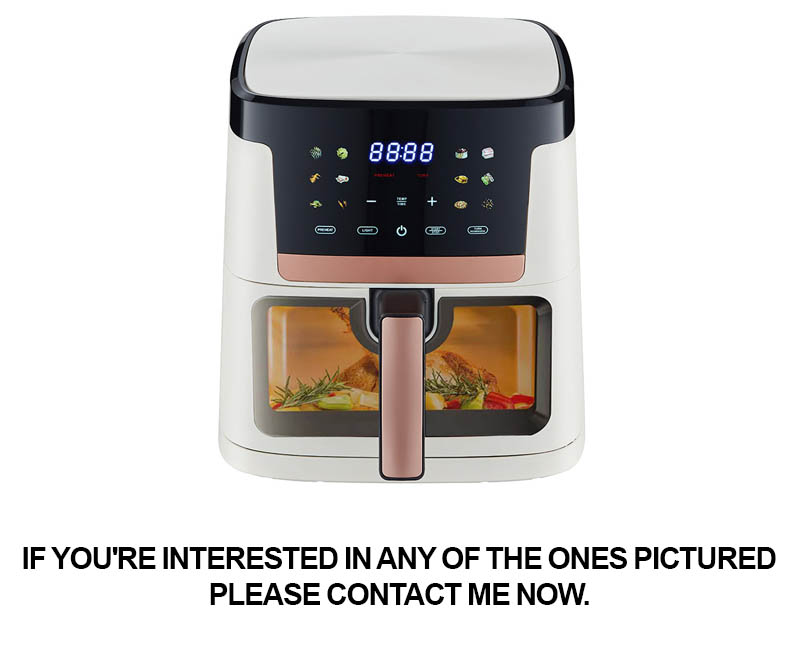
Navigating the Financial Landscape: Budget Busters or Luxury Buys?

Navigating the Aesthetic and Efficiency Landscape: Air Fryer Oven vs. Traditional Air Fryer Design Insights
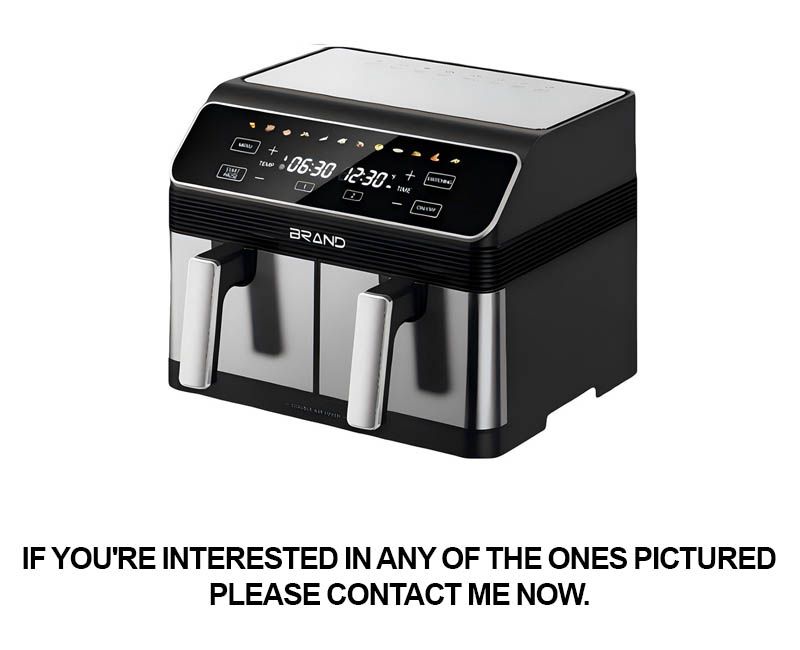
In the realm of kitchen appliances, the debate over health and nutrition often centers around how cooking methods can impact the nutritional value of our meals. Let’s delve into the comparison between air fryer ovens and traditional air fryers to determine which might be the healthier choice.
The Air Fryer Oven: A Nutritional Edge?One of the key advantages of air fryer ovens is their ability to mimic deep-frying with significantly less oil. This method, often referred to as “air frying,” uses hot air to circulate around the food, creating a crispy texture that’s beloved in deep-fried dishes. The reduced oil content means that the fat and calorie count of your meals can be slashed, making air fryer ovens a healthier option for those watching their dietary fat intake.
However, it’s not just about the fat; air fryer ovens also maintain the nutritional integrity of the food. Unlike traditional frying, which can degrade vitamins and minerals due to the high heat and prolonged cooking times, air frying often preserves these nutrients more effectively. The controlled temperature and shorter cooking periods in an air fryer oven help to lock in the vitamins and minerals, ensuring that your food remains as nutritious as possible.
The Traditional Air Fryer: A Different Kind of Healthy?Traditional air fryers, on the other hand, rely on a similar hot-air circulation method to achieve that crispy outer layer without the excessive oil. While they also offer a healthier alternative to deep-frying, they might not always deliver the same nutritional benefits as their oven counterparts.
The key difference lies in the cooking capacity and the ability to manage temperature. Air fryer ovens typically have larger capacities, allowing for batch cooking and potentially reducing the need for multiple cooking sessions. This can be beneficial for maintaining the freshness of the ingredients and minimizing exposure to heat, which can degrade nutrients.
But there’s more to it than just size and temperature control. The design of the air fryer baskets can also influence nutrient retention. Some air fryers have non-stick coatings that can leach into food, potentially affecting its nutritional profile. Meanwhile, air fryer ovens often use ceramic or stainless steel interiors, which are more resistant to chemical leaching.
Portion Size and Mindful EatingBoth air fryer ovens and traditional air fryers encourage mindful eating by promoting portion control. The ability to cook smaller, individual portions can lead to healthier eating habits, as you’re less likely to overindulge. Additionally, the visible cooking process can make you more aware of what you’re putting into your body, fostering a greater appreciation for the ingredients and their nutritional value.
Flavor Profiles and Nutritional ImpactWhile health and nutrition are paramount, the flavor profile of your food is also a critical factor. Both air fryer ovens and traditional air fryers offer a way to enjoy deep-fried flavors without the guilt. The high heat and rapid cooking times of air frying can enhance the natural flavors of ingredients, making your food taste delicious while maintaining its nutritional benefits.
It’s important to note that the type of oil used and the seasoning can also impact the nutritional value of your meal. Opting for healthier oils like olive oil or avocado oil can further enhance the health quotient of your air-fried dishes.
Cooking Techniques and Nutrient RetentionThe cooking techniques employed by both air fryer ovens and traditional air fryers play a significant role in nutrient retention. For instance, blanching vegetables in boiling water before air frying can help to seal in their vitamins and minerals. Similarly, marinating meats before air frying can help to lock in moisture and flavor while also potentially enhancing the nutritional profile.
Long-Term Health ImplicationsWhen considering the long-term health implications of air frying versus traditional frying methods, it’s clear that air fryer ovens and traditional air fryers offer significant advantages. The reduced fat and calorie content, along with the potential for higher nutrient retention, can contribute to a healthier lifestyle and reduce the risk of chronic diseases associated with excessive oil consumption.
Conclusion: Balancing Health and TasteUltimately, the healthier option between air fryer ovens and traditional air fryers may come down to personal preference and lifestyle. Both appliances offer a way to enjoy crispy, delicious food with fewer calories and less fat, but the choice between them should be based on how they fit into your cooking routine and dietary goals. Whether you prefer the larger capacity and potential for batch cooking of an air fryer oven or the convenience and size of a traditional air fryer, the key is to use these appliances as part of a balanced, health-conscious approach to cooking.
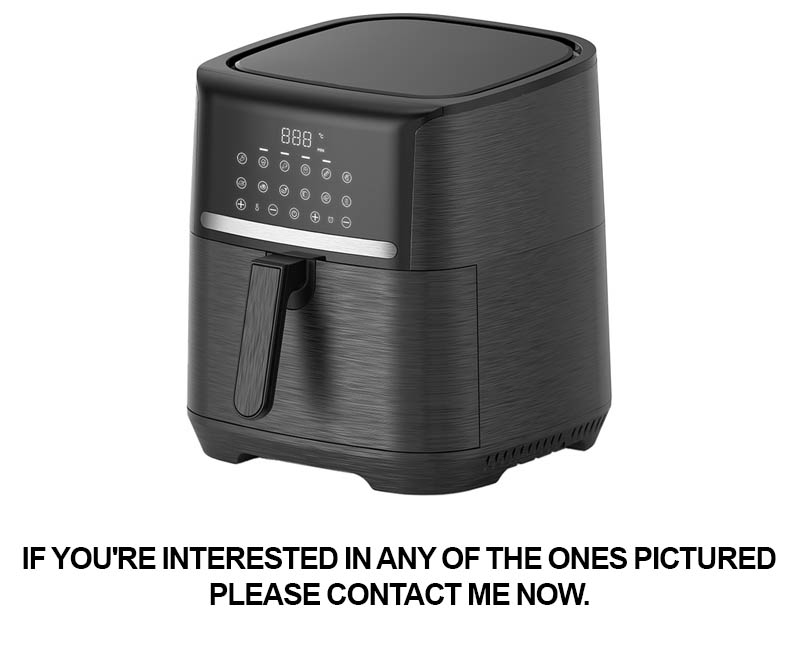
In the realm of kitchen appliances, the user experience is a pivotal factor in determining satisfaction and loyalty. Let’s delve into the insights from real users about the pros and cons of various appliances, focusing on their practicality and performance. From compact kitchen gadgets to high-tech appliances, the real-life experiences of consumers offer valuable insights into what works well and what doesn’t. Here’s a glimpse into the user experiences with different appliances, highlighting the benefits and drawbacks as reported by actual users.
The Convenience Factor: Streamlining Cooking TasksUsers often appreciate the convenience that modern kitchen appliances offer. Compact appliances like the multi-functional blender or the sleek single-serve coffee maker are praised for their ability to streamline daily cooking tasks. These devices are compact and efficient, saving both time and space in the kitchen. Users love how they can quickly prepare smoothies, shakes, or a quick cup of coffee without the hassle of larger machines. However, some users find that the limited capacity of these appliances can be a drawback, especially when hosting guests or needing to make larger batches.
Ease of Use: User-Friendly DesignOne of the most significant aspects of any appliance is its ease of use. Users report that appliances with intuitive interfaces, clear labeling, and simple controls are a hit. Touchscreens, soft-start buttons, and programmable settings are features that are highly valued for their convenience. For instance, a user-friendly oven with a straightforward menu system can transform the cooking experience, allowing even novices to achieve impressive results. Conversely, complex appliances with too many features can overwhelm users, leading to frustration and a lack of engagement.
Durability: The Longevity of Kitchen AppliancesDurability is a key consideration for many users. Those who invest in high-quality appliances often speak highly of their resilience and long-term performance. Robust construction, reliable parts, and a lack of frequent breakdowns are attributes that users cherish. However, there are instances where cheaper models have disappointed, with issues such as overheating, noisy operation, or parts that wear out quickly. Users often weigh the initial cost against the potential for future repairs and replacements.
Performance: Getting the Results You ExpectThe performance of kitchen appliances is critical, and users have varying experiences with this aspect. For example, a high-powered blender that consistently churns out smooth and creamy textures is a dream come true for smoothie enthusiasts. Conversely, a slow-cooker that fails to maintain a consistent temperature might lead to undercooked meals or uneven results. Users appreciate appliances that deliver on their promises, whether it’s a food processor that finely chops herbs or an air fryer that produces crispy, golden-brown fried foods.
Energy Efficiency: Saving Money and the EnvironmentEnergy efficiency is a growing concern among consumers. Users who prioritize sustainability often look for appliances that consume less power. Energy-saving models not only reduce utility bills but also contribute to a smaller carbon footprint. Appliances with Energy Star ratings or those marketed as eco-friendly are often well-received. However, some users may find that the energy-efficient models come with a higher price tag, which can be a trade-off for those on a budget.
Maintenance: Keeping Appliances in Prime ConditionMaintenance is a practical consideration for any appliance. Users appreciate appliances that are easy to clean and maintain. Features like removable parts, dishwasher-safe components, and non-stick surfaces can significantly simplify the cleaning process. However, certain appliances, such as induction cooktops or steam ovens, require specific cleaning agents and can be more challenging to maintain. Users often share mixed reviews about the maintenance requirements, with some appliances earning kudos for their ease of upkeep and others being criticized for their demanding cleaning routines.
Brand Reputation: Trusting the ManufacturerThe reputation of a brand plays a significant role in the user experience. Consumers who trust a particular brand may be more willing to invest in their appliances, confident in the quality and reliability. Brands with a strong track record of customer satisfaction and excellent customer service tend to receive favorable reviews. However, there are cases where even reputable brands have let users down with faulty products or subpar performance. Users often base their purchasing decisions on the brand’s reputation and the experiences of others who have owned similar appliances.
Warranty and Support: A Safety Net for UsersThe warranty and customer support provided by manufacturers are crucial factors in the user experience. Users look for appliances with comprehensive warranties that cover defects and malfunctions. Brands that offer easy-to-access customer support, whether through phone, email, or online chat, are often praised for their commitment to customer satisfaction. On the flip side, users have reported difficulties in obtaining support or dealing with warranty claims, which can be a major downside to their overall experience.
Personalization: Tailoring Appliances to Your NeedsPersonalization is a feature that many users appreciate, as it allows them to tailor appliances to their specific needs. For example, a refrigerator with adjustable shelves or a microwave with customizable settings is highly valued. Users enjoy the flexibility that these features provide, enabling them to optimize their appliances for their preferred cooking methods or storage requirements. However, not all appliances offer this level of personalization, and some users feel limited by the fixed configurations of their devices.
Accessibility: Designing for All UsersAccessibility is a crucial aspect of the user experience, ensuring that appliances are easy to use for everyone, including individuals with disabilities or limited mobility. Features like adjustable heights, large buttons, and clear displays are often praised for their inclusivity. However, some appliances may lack these considerations, leading to difficulties for certain users. Accessibility is an area where users often express their expectations and the extent to which manufacturers meet them.
Innovation: Staying Ahead of the CurveThe pace of innovation in kitchen appliances continues to accelerate, with manufacturers constantly introducing new features and technologies. Users who embrace innovation are excited by appliances that incorporate smart technology, such as Wi-Fi connectivity, voice control, or predictive maintenance. These features can enhance the user experience by adding convenience and functionality. However, some users may prefer the simplicity of traditional appliances, feeling that innovation goes too far or complicates what should be a straightforward task.
Ultimately, the user experience with kitchen appliances is highly subjective, with individuals placing varying importance on convenience, performance, durability, and design. The insights gained from real users provide a valuable perspective on what works well and what could be improved, helping future consumers make informed decisions. Whether it’s a compact blender, a high-tech oven, or a simple toaster, the collective experiences of users shape the market and influence the evolution of kitchen appliances.
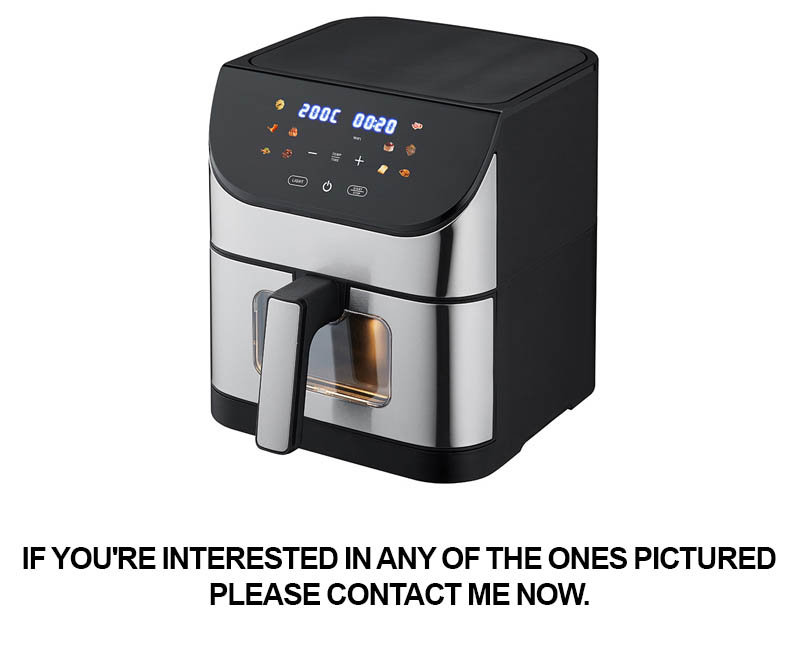
Navigating the Choice: Deciphering the Best Fit for Your Needs